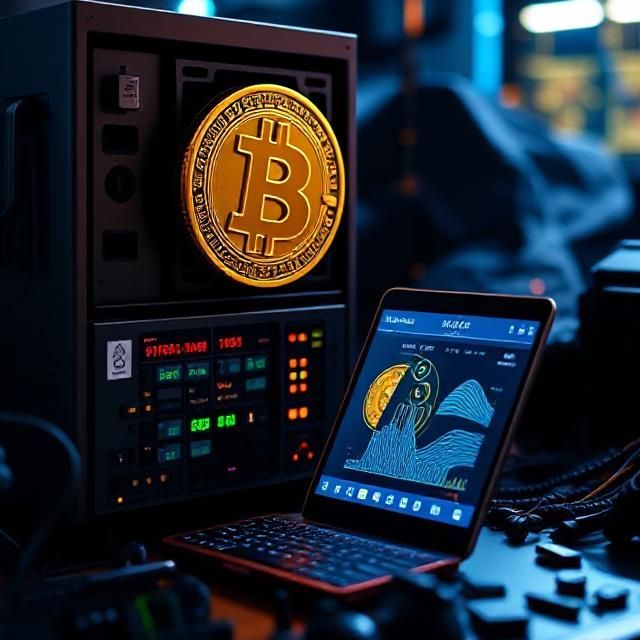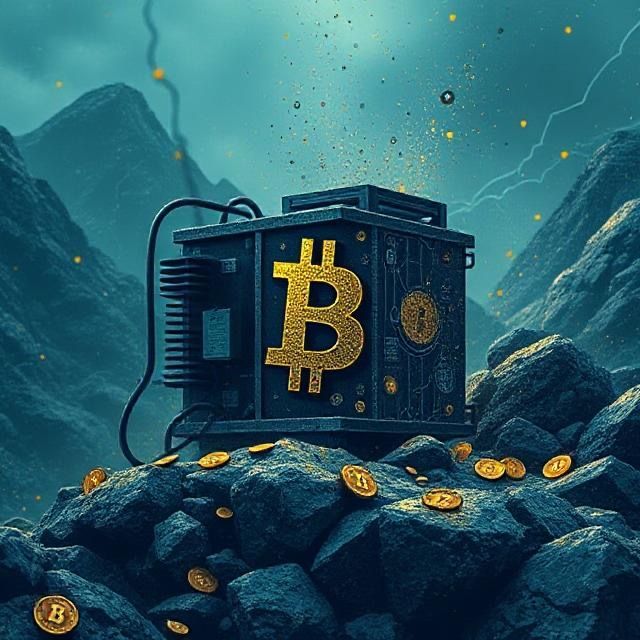Poloniex Review – Exchange Features, Trading Fees, and Security
Of all the famous and well-known exchanges that exist in the cryptocurrency world, Poloniex has always been something of an outlier. Despite having enviable brand recognition (anyone who has been around crypto long enough will nod yes when asked if they know Polo ), Poloniex has managed to remain waiting in the wings while other exchanges have gone to greatness.
While public information about the history of Poloniex is scant, there are enough details around for us to cobble together a picture of this venerable exchange along with its origins. Founded in 2014 by Tristin D’Agosta and a band of anonymous (to this day) partners, Poloniex had humble beginnings. Shortly after launching, a hacker robbed the exchange of 12.3% of its BTC , which, at the time, was an amount worth about $50,000.
The hack happened so soon after Poloniex’s debut that some speculated the exchange would fold with immediate effect. Instead, D’Agosta and his team worked diligently to cover the loss by temporarily increasing fees on the platform while working to improve security. Notably, Poloniex hasn’t fallen victim to a hack ever since, despite being a recurring and favorite target of attackers.
It would’ve been hard to single D’Agosta out as the founder of a tech startup given that, when not managing the exchange, he is both a recording artist and published poet, however he appears to be a man of many hats. In 2016, Poloniex became amongst the first exchanges to list Ethereum which was a temporary king-making move. Volume at the exchange rose as the digital asset market picked up throughout 2016 and into 2017, and with that rise, the exchange’s profile increased as well.
Poloniex’s rise was crowned by a buyout that took the crypto world by storm — in 2018, Circle, a company backed by funding from the likes of Goldman Sachs, bought Poloniex in a $400 million deal. The shocking price tag was equaled by an audacious mission to make Poloniex the first fully-regulated cryptocurrency exchange in the United States.
Since the acquisition, Poloniex has gone seemingly dormant. Rival exchanges like Binance, Huobi, and Coinbase Pro have lifted off to even higher heights in terms of exchange activity while Poloniex has quietly faded into the distance. Its goal of becoming a regulated exchange has seen it delist cryptocurrencies that may qualify as securities — while other exchanges operating within the US have continued to trade those same pairs.
Part of Poloniex’s decline can probably be attributed to an ailing customer service reputation. By 2018, Polo was better known for its unresponsive customer service than anything else. The issue was such that once Circle took over the reins, it issued a statement wherein Poloniex’s 140,000+ unanswered support tickets were addressed in a promise to bring customer service standards higher. While that gesture was surely appreciated by those who had been waiting for the better part of a year to hear back, it may have been too little too late to retain those who’d been affected.
So, the question at hand is — where does Poloniex stand in 2019? This is post-Circle acquisition, and over a year deep into the exchange’s new mission to become crypto’s de facto regulated exchange. Let’s jump down into the details to find out.
Opening an Account
The strength of an exchange lies, in large part, with how well that exchange can onboard new users. If the new account process is too difficult, tedious, or complicated, then the exchange is unlikely to grow as new users flock to easier setups.
The first thing you’ll notice upon arriving at the Poloniex site is that, when compared to other exchange websites, it’s definitely on the spare side. Depending on your preference, that might be a great thing, but it’s worth noting that if you’re after an exchange with visual appeal, Poloniex most certainly won’t be to your liking.
After clicking the ‘sign up’ button in the upper right, you’re taken to a page that resembles an old-school credential screen — something like eBay circa 2005. Before being allowed to trade, you’ll need to complete a 5-step process.
The steps are primarily concerned with your identity and you proving that it really is you who is signing up for a trading account. Other exchanges, like Binance and KuCoin, only require an email, password, and email verification, so on this account, Poloniex is already quite cumbersome. If you’re an American citizen, Poloniex will also require your social security number before allowing you to trade along with an upload of your identity.
Of course, this is all in keeping with Poloniex’s mission to become a highly regulated American exchange, so if you’re after a completely legit (well, as legit as can be in 2019) exchange experience, then these steps should serve to reassure you.
Once you pass all the KYC steps, everything resembles an exchange you already know. Essentially, you just need to send crypto from another wallet you own to your Polo wallet, and you’re good to go.
Notably, you can also buy crypto with fiat at Poloniex. It’s both a crypto to crypto and FIAT to crypto exchange, so if you’re looking to make your first purchase, they are the right place for it.
Features and Services
Open Source Trading Interface and API — Developers and advanced traders alike will rejoice at Poloniex’s decision to open-source its trading interface along with an API release. This makes the exchange interoperable with client apps so that, if you so choose, you can really dig in and get as much data from Poloniex as possible.
Credit Cards and Bank Accounts — Poloniex recently updated their exchange to accept both credit card and bank account movement of funds. What this means is that rather than purchase crypto directly with fiat, you can move funds from either your CC or bank account into your Poloniex wallet, and exchange those funds for a stablecoin equivalent. Then, with a stablecoin balance in your wallet, you can purchase any crypto listed against it in a pairing.
Robust Trading Tools — Poloniex doesn’t reinvent the wheel when it comes to trading tools on offer, but it really doesn’t need to, either. Instead it offers up the tools you’ve come to expect with robust solidity. You get a couple of different buy order types along with two stop order types. Charts on Poloniex are detailed, have a decent selection of technical indicators, and run without any noticeable lag.
OTC Trading Desk — One should expect that an exchange backed by the likes of Goldman Sachs will accommodate over-the-counter trades made by firm size accounts. Poloniex delivers the goods with a Circle-backed OTC desk with a minimum $250K order placement.
Trade Reports and Account Statements — Poloniex is going all in on legality, that much is clear. To that effect, they’re assuming that anyone on the exchange is ready and willing to pay taxes in full and with complete honesty. That’s why they’re making it easy for you to do so with the introduction of detailed trade reports and account statements. Whereas other exchanges don’t make these things easy to find, you can easily navigate your trade history with Poloniex in a few quick clicks.
The Good and the Bad
Poloniex is an inoffensive exchange. They do a few basic things really well, but they don’t stand out in any regard that is worth noting. Despite having a solid security history and having been around for several years, the number of customer service complaints that racked up against the exchange over the years really took a toll on its reputation. Recently, Poloniex has been in the spotlight for the wrong reasons. The aforementioned flash crash that took down CLAM traders was seen by many as irresponsible given that the exchange allowed leveraged trading to continue on a highly illiquid asset.
That aside, Poloniex’s dwindling user base has seen it fall down the CoinMarketCap rankings for exchanges by adjusted volume to the low 70’s. Exchanges which were once its peers are climbing higher still, while flash-in-the-pan exchanges have exhibited more staying power and a greater ability to attract action.
Poloniex just doesn’t know whom it wants its audience to be. Advanced traders? Well, then it’s going to need to beef up its trading features which, currently, are lacking. Beginners? There’s no direct fiat to crypto option, and the KYC onboarding process is dissuasively involved. Anyone in the middle likely already has an exchange that they frequent, and with nothing particularly attractive about Poloniex, there simply isn’t a reason to migrate.
The post Poloniex Review – Exchange Features, Trading Fees, and Security appeared first on Crypto Adventure.




